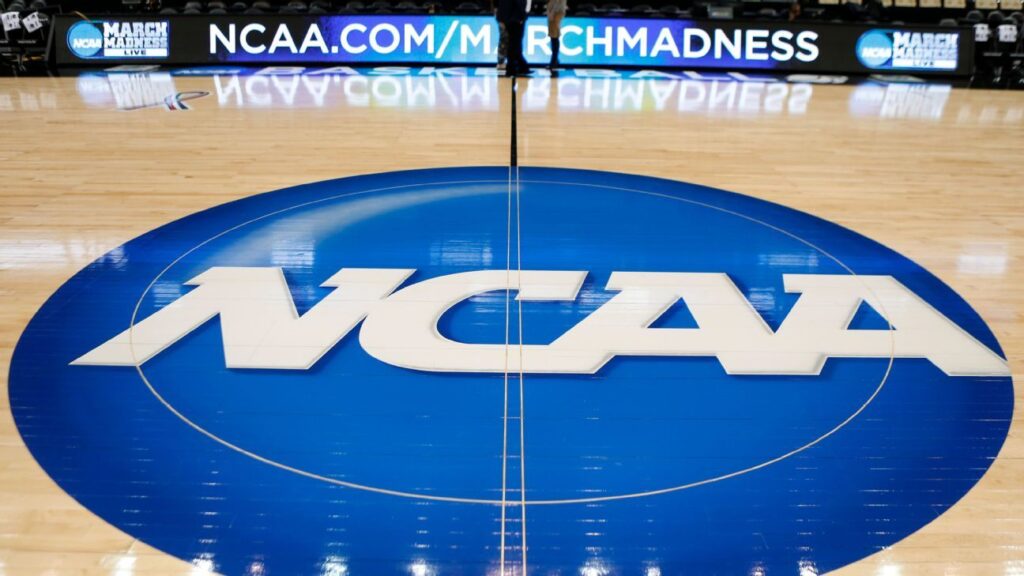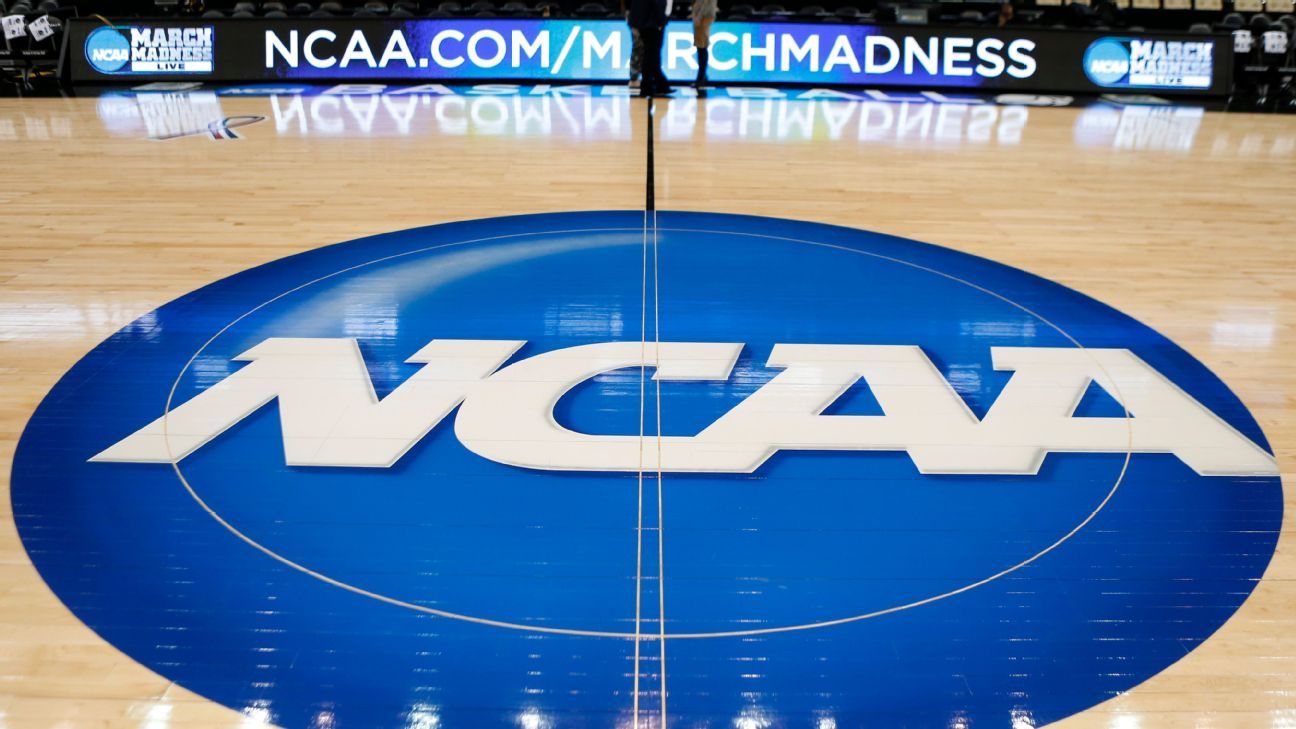NCAA ratifies new streamlined constitution
NCAA member schools voted to ratify a new, pared-down constitution Thursday, paving the way for a decentralized approach to governing college…


INDIANAPOLIS — NCAA members voted Thursday to ratify a new, streamlined version of the association’s constitution.
The motion passed with 80.4% of members voting in favor, putting an expected stamp of approval on the first part of a two-step process to significantly reduce the responsibility of the association’s national office and to overhaul rules at all levels of college sports during one of the most tumultuous times in the industry’s history. Each of the NCAA’s three divisions will now start working on revising or creating their own rules to align with the fundamental principles laid out in the new constitution.
“This needs to be a declaration that we know that now in the coming months we’re going to think afresh about college sports,” NCAA president Mark Emmert said shortly before the vote during his annual address at the association’s convention.
The new constitution, which was prompted by significant legal and political losses for the NCAA last summer, is designed to simplify what many college sports leaders have called a complex and outdated rulebook. It shrinks the board of governors — the association’s decision-making entity — from 20 members down to nine and tries to ensure that current and former athletes have a larger voice in shaping the future NCAA.
The administrators and committee members who crafted the constitution hoped to reaffirm the NCAA’s focus on the “primacy of the academic experience” after a summer in which politicians and Supreme Court justices questioned the NCAA’s claims that it is unique and distinct from professional sports.
“Are we spending our resources in a way that emphasizes our core values and helping as many students as we can?” Emmert asked during his address Thursday. “That’s what’s driving frustration and anger both inside and outside college sports, and that’s what puts the whole enterprise at serious risk.”
The new constitution states plainly that college athletes should not be paid directly by their schools for athletic participation, but leaves it up to each division to decide what education-related benefits that athletes can receive from their schools and how athletes can make money from other sources by selling the rights to their own names, images and likenesses.
The groups in charge of sorting through those specifics and writing new rules met this week during the NCAA’s annual convention in Indianapolis and are slated to complete their work by August.
The Division I Transformation Committee plans to meet on a weekly basis for the next seven months to work through the details of its new rules. They will be tasked with finding a way to curb the escalating and competitive spending that has called college sports’ amateur status into question while also avoiding any nationwide rules that could be challenged by antitrust lawsuits.
Dissent regarding the new constitution came largely from Division II and Division III members who felt the major reorganization was rushed to help Division I schools, which generate the majority of revenue for the NCAA. Those who spoke out against the new constitution described it as “Band-Aids on the unclothed emperor” that does not fully address the major threats facing modern college sports. Members of Division II and Division III also objected to maintaining an existing financial model that distributes more than 90% of the NCAA’s revenue to Division I schools.
Emmert, who spoke remotely before Thursday’s vote and did not take questions from reporters, said today’s expected vote was a “big shift moment” for college sports.
“This is something we have to embrace,” Emmert said. “And we have to do it now.”




